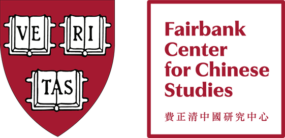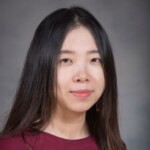Rujing Huang 黃儒菁 , Ph.D. Candidate in Ethnomusicology at Harvard University, explores the musical roots of “harmony” in Chinese history.
“Harmony” has become China’s alleged overriding political value and foreign-policy principle during the past decade. Today, the ideal of harmony is most often evoked to point to a kind of social order in which all the elements co-exist and interact with one another in a beautifully frictionless state.
In the current discourse, however, little attention has been paid to the fact that early Chinese understandings of “harmony” (he 和) derive from and remain central to the musical sphere: the character he derives from an ancient mouth organ (yue 龠) that gradually evolved into the modern day sheng 笙, one of the few traditional instruments in China capable of sounding multiple pitches simultaneously.

Deriving from a Greek root that means “to join together,” the English word harmony is primarily used in music to signify the vertical combination of two or more simultaneously sounding musical notes, and secondarily the horizontal placement of these combined notes in succession. In the Chinese context, the character he (和) can also mean to play along or to echo.
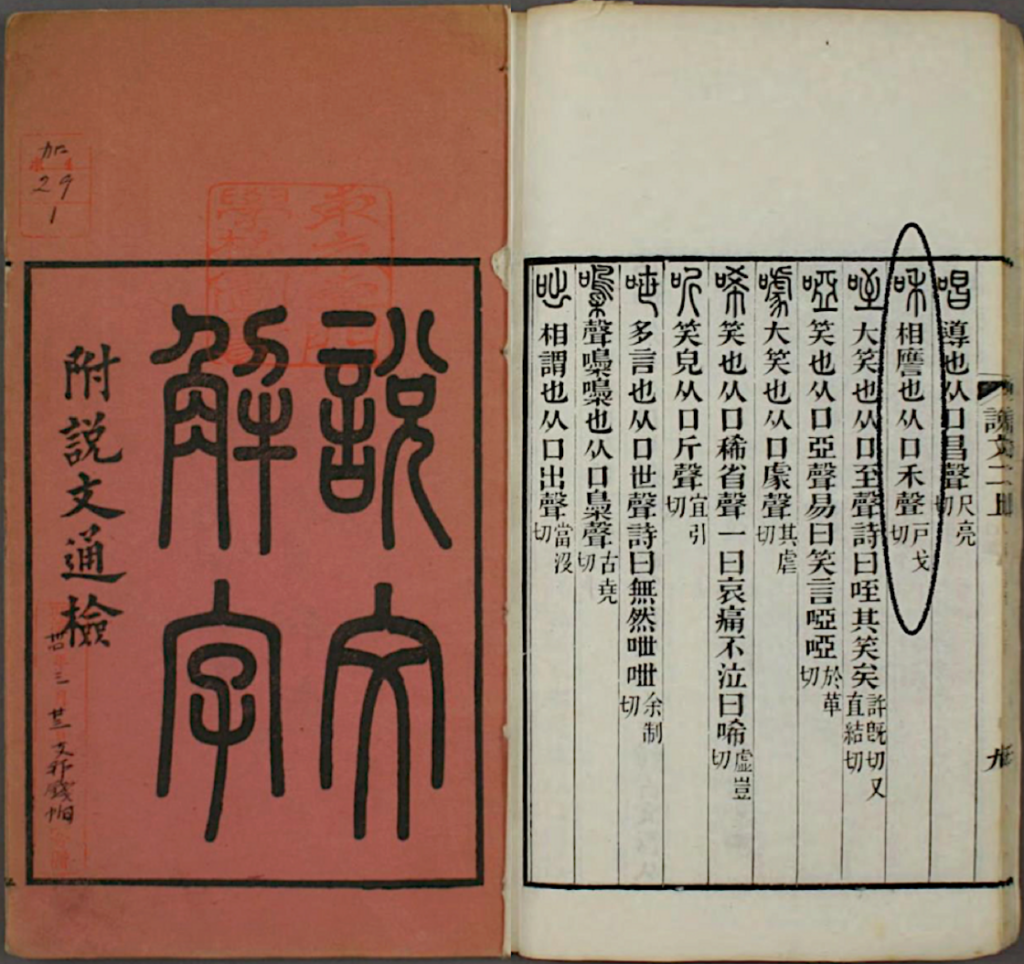
Similar to the aforementioned, popular discourse of harmony, music since early China has often been associated with the coming together of distinct parts to form a consonant, melodious whole, as the Book of Music writes,
“To unite and harmonize is the objective of music; variance and discernment are the objectives of ceremony” (Trans. Kaufmann 1976).

This post aims to shed light on the other side: one that highlights the potential of music — as well as that of musical harmony — to differentiate, to exoticize, and to fashion a particular kind of collective Chinese self-image that, ideally, resembles no other.
Drawing on my ethnography of twenty-first century revivals of yayue 雅樂, ritual music historically performed in the Chinese courts, this post explores ongoing attempts among a group of yayue revivalists based in Beijing to recover early models of harmonization.
I interpret the revivalists’ emphasis on dissonant musical intervals as a self-exoticizing gesture seeking to re-compose a distinct and sophisticated sound of China. The effect of harmony in this case transcends coherence and unity. Foregrounded instead is its inner dialectic between the creation and resolution of tension and, by extension, a similarly nuanced relationship that the cultural revivalists are eager to establish with the world.
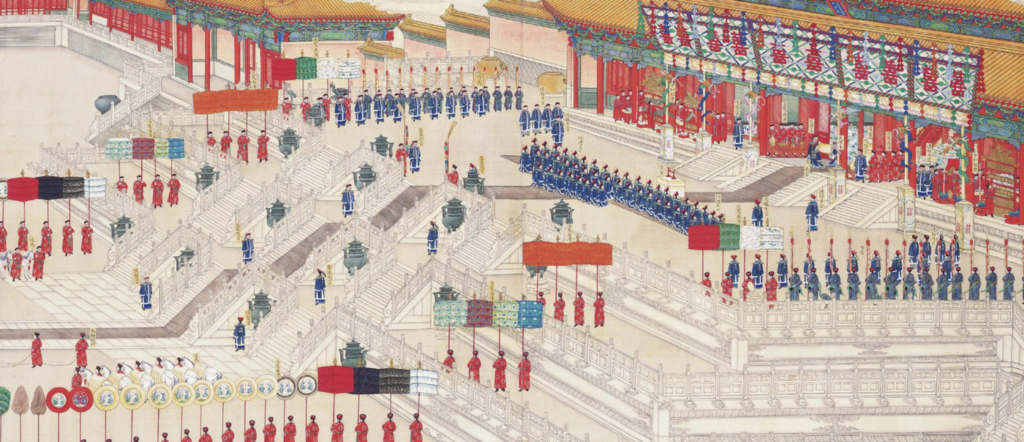
It is generally held that most traditional musical works of China are monophonic (featuring one single melodic line without harmonies or a second melody in counterpoint) and that harmony remains one of the most under-theorized aspects of Chinese music. Scholars, however, have long worked against such claims by highlighting examples of multi-voice practices in folk genres found across the nation.
Despite their efforts, the absence of a unifying theory of harmonization has become an unsettling source of anxiety among many music practitioners in China, whose concern is further intensified by the reality that conservatories of the nation today continue to be dominated by the teachings of Western music theory.
To restore Chinese harmony, revivalists at the China Conservatory of Music’s Yayue Center have turned to tōgaku, a division of Japanese gagaku music consisting mainly of music imported from the court of Tang China. Amidst the center’s ongoing efforts is the repatriation of the Tang dynasty practice of aitake (hezhu 合竹 in Chinese, literally “combining bamboos”), which refers to five- to six-note tone clusters featuring multiple dissonant intervals — most distinctively the major and minor seconds.
As Mervyn Cooke (1988) points out, the aitake chords in gagaku do not provide harmonic “progressions” in the Western sense but, instead, “‘freeze’ the melody to which their lowest notes are directly related” (233).
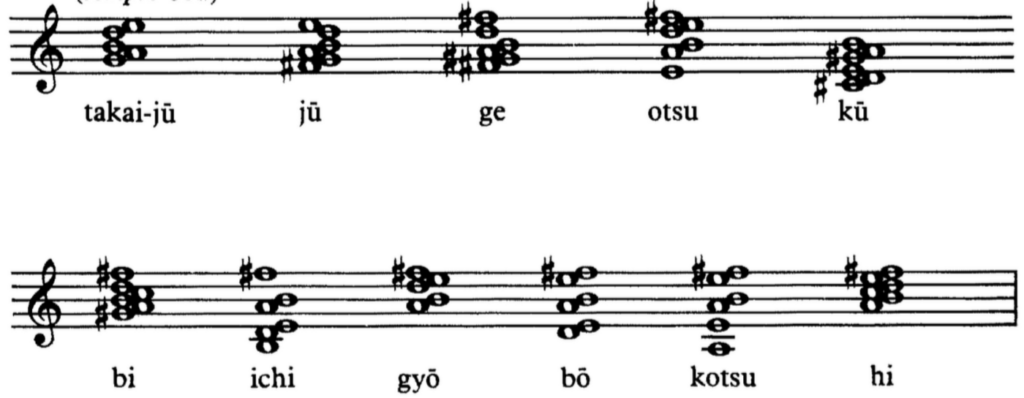
Played on the Shō, a 17-pipe Japanese mouth organ descended from the Tang dynasty sheng, aitake chords are still heard in Japan’s tōgaku repertory today but are long-lost in its locale of origin.
Chou Chun-yi, honorary director of multiple revivalist yayue ensembles in China, argues that this particular Tang model of harmonization is the pinnacle of Chinese harmony, an opinion resting on an increasingly popular belief that Chinese music in general peaked in the Tang and has since then been in constant decline.
While Chou’s claim has drawn much criticism, it is not without foundation. In a 1996 study, Zuo Jicheng traces the historical transformation of harmonic practice in China and concludes that the Tang dynasty use of dissonant, five- to six-note tone clusters was reduced in the Ming dynasty to three- to four-note chords with largely consonant intervals (perfect fourths, perfect fifths, and the octave), and that the number again decreased in the Qing to one or two-note, strictly consonant “harmonies.”
Based on this study, the “traditional harmony” (chuantong hesheng 傳統和聲) as inherited by the modern day Chinese sheng most closely resembles the Ming model as documented in the Collection of Confucian Temple Ritual and Music (Wenmiao Liyue Quanshu 文廟禮樂全書, 1628).

In contrast to Chou, Zhao Yue — music director of the China Conservatory Yayue Ensemble — set out to recover harmonic practices from the Ming court (1368–1644). When asked about his rationale behind prioritizing Ming dynasty practices over the tōgaku tradition, Zhao states that tōgaku’s association with Tang dynasty banquet music (yanyue 燕樂) rather than the ritually proper, sacrificial music of yayue makes it a less appropriate source for the current revival. Zhao therefore turned to the Memorial on Ritual and Music at Local Schools (pangong liyue shu 頖宫禮樂疏, hereafter “the Memorial,” 1618), a rarely-visited Ming dynasty treatise compiled by Li Zhizao, a high official of the Ming court, that contains a detailed guide to harmonizing on a pair of 13-pipe and 19-pipe mouth organs.
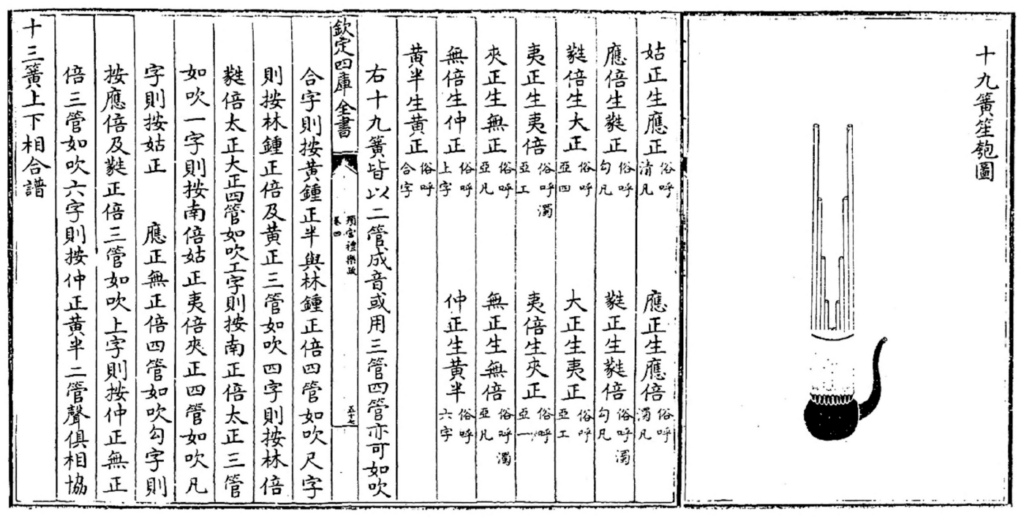
Like Chou, Zhao seeks to emphasize dimensions that would differentiate Ming dynasty harmonic practices from its Western other: from the tradition’s embeddedness within the yin-yang forces to its modal (rather than tonal) tendencies and, most importantly, to the distinctive, dissonant tone clusters.
In many of their newly arranged yayue repertoire, however, both Chou and Zhao have chosen to only “loosely follow” the historical models of their choosing, as Zhao truthfully commented: “If I were to adopt the Ming method strictly, the music would simply sound bad” (Interview, 02/2017).
In privileging the past over the present, and courtly over folk modals of harmonization, both Chou and Zhao’s work reveal an active nationalist program enacted through an internal, exoticist gesture seeking to make an other out of what is already one’s own. Here, harmonic practices from a past perceived as musically developed are channeled into the present as a superior internal other to contrast the much-studied folk traditions and to combat its Western counterpart.
By calling for a unifying theory of harmonization that accentuates the dissonant intervals otherwise uncommon in existing narratives of Chinese music, revivalists are eager to upgrade China’s image from one of musical primitivism to that of a sophisticated musical hegemon. In this process, however, they are often caught up in a long chain of paradoxes, further destabilizing the already fluid construct of Chineseness. For one, one could argue that much of the music from the Tang court shares a Central Asian origin and is therefore foreign.
Throughout this campaign, harmonic tension achieved through extreme, sonic dissonance becomes a powerful means of asserting difference. Here, harmony is seen as a civilizing force that — citing Sindhumathi K. Revuluri (2009)’s study on the harmonization of French folk songs — “adds sophistication to an otherwise banal artistic creation.”
While the added harmony in the French context serves to “mak[e] the strange familiar,” both aitake and harmonic instructions in the Memorial present unconventional musical behaviors that not only fall outside the Western tonal vocabulary but are equally strangers to contemporary Chinese ears. In the end, however, it is the revivalists’ desire to re-define a sound of China that is distinct enough, but that will simultaneously resonate with those sharing the same vision for a newly composed musical Chineseness and — ultimately — a re-harmonized, consonant nation.
Rujing Huang 黃儒菁 is a Ph.D. Candidate at Harvard University’s Department of Music, and a Graduate Student Associate at the Fairbank Center for Chinese Studies. Her work examines the twenty-first century revivals of yayue 雅樂, ritual music historically performed in the courts of ancient and imperial China.
